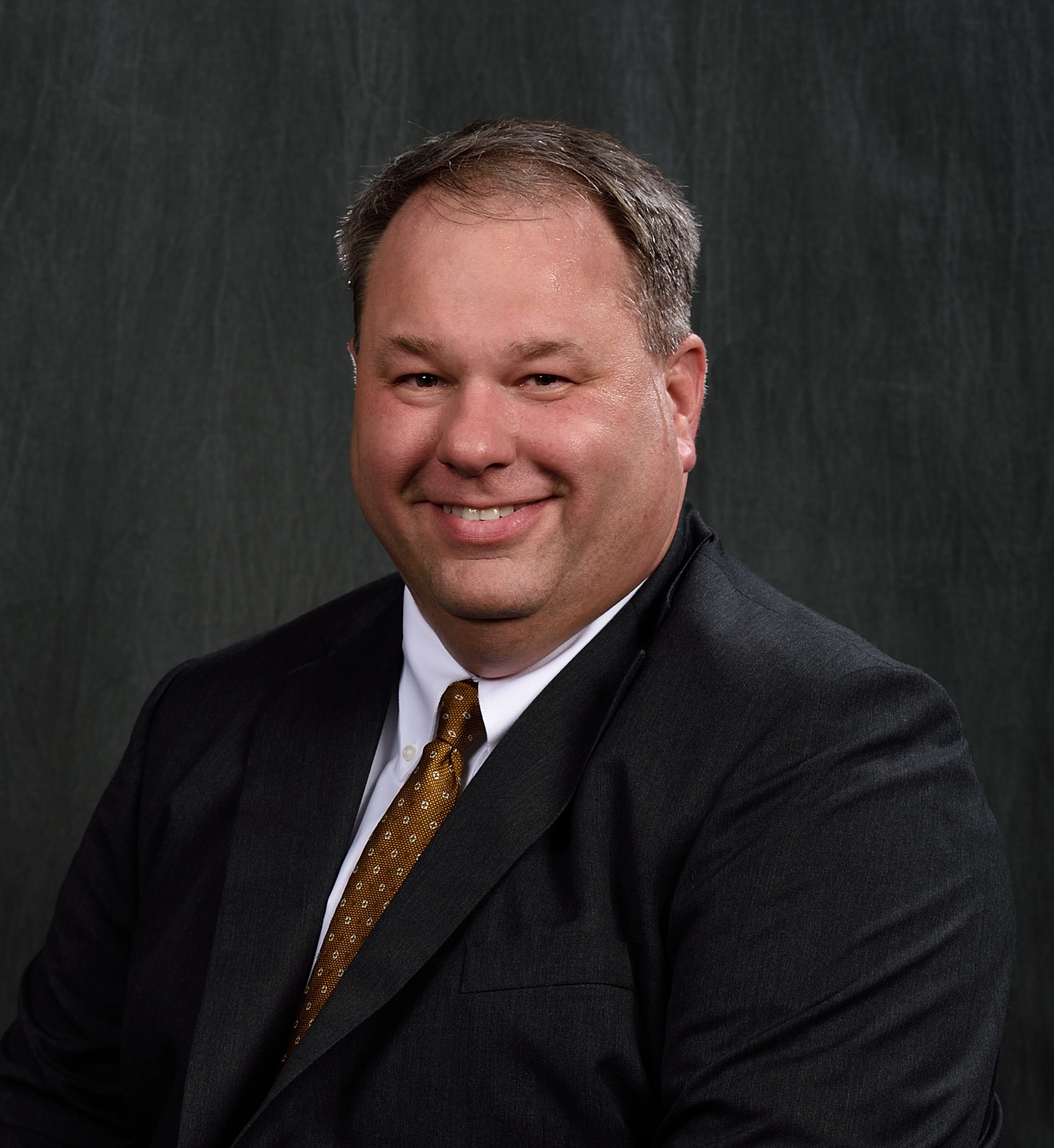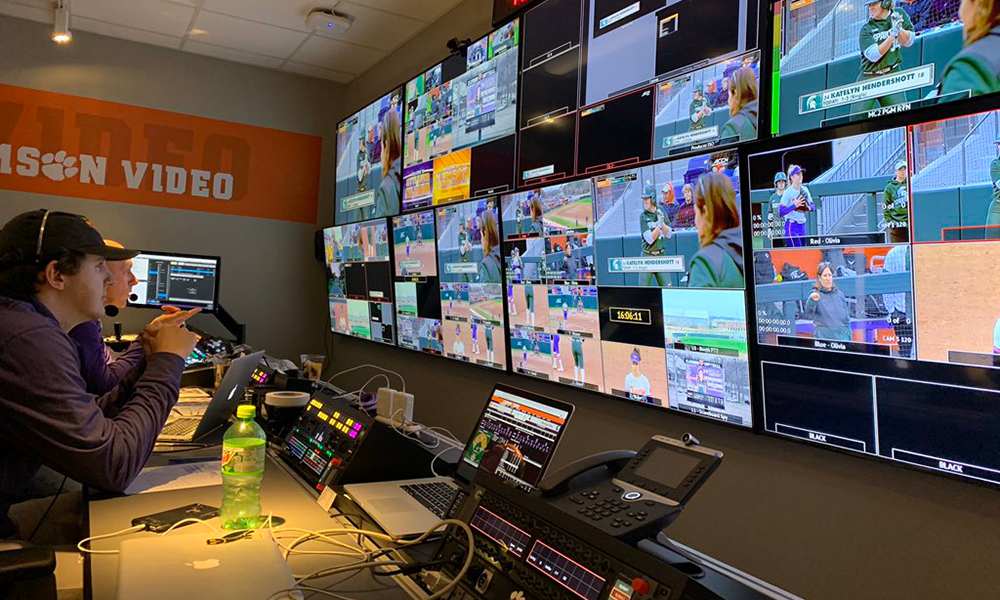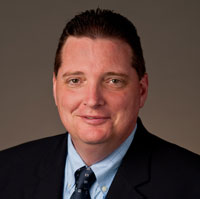Difficult Conversations: How College Video-Production Pros Can Manage Interdepartmental Expectations in Busy Months To Come
‘All you can do Is the best you can do,’ says Penn State’s Jim Nachtman
Story Highlights
Crossover season.
Those words can strike fear in any college athletics administrator — or, at least, cause them to cringe a little.
Although most in college sports-video production will be overjoyed to see the return of the sports that have been shut down by the COVID-19 pandemic, an ominous cloud hangs over that joy: if and when fall sports get their chance to play in 2021 — in either the winter or the spring — collegiate athletics is staring at the crossover season to end all crossover seasons.
For example, Jim Nachtman, assistant athletics director, media and video production, Penn State University, expects that, at some point this winter/spring, the Nittany Lions could have as many as 30 intercollegiate athletics programs competing simultaneously.
Many live-video–production departments (or individuals) within athletic departments around the country have set themselves up over the years so that they are capable of broadcasting and/or streaming hundreds of live games per year for basketball, soccer, softball, baseball, volleyball, field hockey, and other programs. However, with so many programs expected to be competing at once, it doesn’t take much math to see that the numbers don’t add up. Resources will be at a premium in collegiate athletics during the first half of 2021.
“There are some [athletic departments] that are lucky enough to have four or five control rooms on campus,” says Nachtman. “Even that’s not going to be enough to do 30 multicamera shows at the same time. Somebody is getting a single-camera stream with ‘nat sound’ and OBS for clock and score. It’s about establishing expectations. That’s going to be huge come the winter and spring.”
“All you can do is the best you can do,” he continues. “We can do anything, but we can’t do everything.”

University of Central Florida’s John Kvatek: “It’s not that we want to say no. This isn’t a normal year. Everybody is going to have to be a little bit equally unhappy.”
That is a difficult prospect for collegiate sports-video–production professionals themselves. Many are ambitious by nature and have grown to love their ability to shine a light on many of the non-revenue sports their departments support. Saying no isn’t easy, but it’s about being realistic.
“It’s not that we want to say no,” explains John Kvatek, associate athletic director, multimedia and creative, University of Central Florida. “We’d love to have five-camera productions of every sport and be at every venue, but we’ve got only two control rooms. We’ve got only so many cameras. There’s only so many students. There’s only so many hours in the day.
“In a different era,” he continues, “I might be able to tell you that we can meet you halfway on some things. But this isn’t a normal year. We’re down 40% of staff right now. Students are off campus [doing] remote learning. There’s still all of these restrictions. So everybody is going to have to be a little bit equally unhappy.”
As someone who oversees live or creative athletics-video production on your campus, what can do you? The answer, as always, lies in open communication.
“You need to be communicating with your athletic directors and the key stakeholders,” Nachtman says, “making sure that they understand that if, hopefully, things start to lighten up and we get students back on campus, with all of these competitions going on, expectations have to be different.”
Kvatek advises that those conversations, if they haven’t started already, need to begin in earnest. Don’t be caught flat-footed when winter sports schedules begin to be finalized and expectations haven’t been set.
“We’ve been prepping those conversations for months,” he notes. “My boss is very understanding, he listens, and he’s realistic. He has already been talking to the sport administrators. We’ve had multiple months where we’ve been saying, ‘When this breaks loose, not everybody is going to get everything, and we’re all going to be equally unhappy.’ That’s the goal: equity in this situation is that everyone is equally unhappy.”
Although it’s common to prioritize certain event days to maximize programs’ valuable exposure to recruits, current students, alumni, and donors, it’s more critical than ever right now to ensure that programs have, at least, a say in what they hope to achieve from a video perspective.
“Go to each program and ask, ‘what is your most important home series?” says Nachtman. “That’s the series we will commit to a full production, and another program might have to get a single-camera stream. You might need an administrator to help you sit down with the coach and do it together. You might be looking at [the schedule], and they might say, ‘This game is big right here because it’s the one recruits are going to watch, alums are going to watch, someone who might give us money is going watch, a corporate partner that [we] care about is going to want to be associated with it.’”
He also suggests simply asking a coach what the most important thing is to them. Coaches value different things. Perhaps a certain coach prefers creative video for social-media distribution over 20-25 full live games. That could allow you to change your allocation of resources and utilize the creative and marketing sides rather than live production.
“You don’t know unless you ask,” says Nachtman, “but you’ve got to get somebody to help you make these decisions.”
There’s also the stark reality that athletic departments across the country are dealing with different levels of resources. Some schools are set up with multiple control rooms, a multi-person staff, a deep pool of student volunteers, and a budget for local freelance help. Other schools have a one-person band who may, at times, feel pretty low on the totem pole. It’s important for such individuals to build internal relationships so that someone higher up can advocate for them when necessary — especially when it comes to breaking unpleasant news to a head coach.
“I would not start with the coach,” notes Nachtman. “Start at the top. Whether it’s an athletic director or an administrator; at a smaller school, it could be the SID. Get the administrators together and prioritize which shows are going to get done. Make it a group decision: at the end of the day, rarely have we had a situation where we [couldn’t] deliver to a coach after explaining our why and then [had] it held against us. That’s where you need backup. You’ve got to have someone that can help you out.”
At the end of the day, the best thing you can do in this situation, according to Chris Taylor, senior director, sports production, Ball State Sports Link, Ball State University, is to be honest with administrators and, more important, with yourself.
“Be opportunistic but, most important, be honest,” says Taylor, whose student program produces many of the live broadcasts of Ball State sports that appear on ESPN+ as part of a deal between ESPN and the Mid-American Conference. “I think honesty, especially in the face of not having schedules, which we might be accustomed to having right now, is huge. Be honest about what you are capable of. We are going to do everything that we can and put our students and their experiences first and see where that lines up.”



